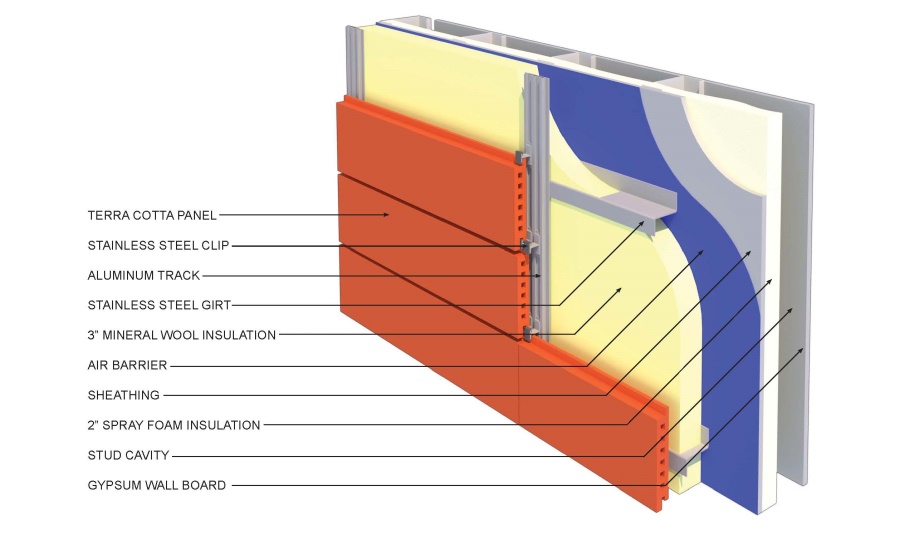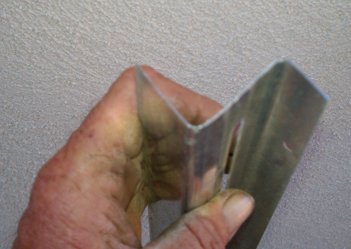Rigid Insulation On Concrete Wall With Zee Furring

Examples include rigid insulation adhered to the interior of the wall with furring and drywall applied over the insulation continuous insulation in a masonry cavity wall and exterior insulation and finish systems.
Rigid insulation on concrete wall with zee furring. How to glue polystyrene insulation to a concrete wall. The steeler z furring channel is an installer s dream as it allows you to create a firmer and more level foundation to support rigid drywall. Some people mistakenly believe that a damp concrete wall should be able to dry toward the interior in other words that any insulation on the interior of a basement wall should be vapor permeable. Typical wall detail showing z furring in place.
Furring strips should be fastened to the concrete wall through the rigid foam. Z furring must be installed vertically with the 3 4 flange against the substrate. The next z furring strip is installed with its outer flange covering the leading edge of the insulation panel thus holding it firmly in place. Polystyrene foam boards commonly called foamboard are a clean lightweight convenient way to insulate bare concrete walls.
After that thin furring strips are installed on top of the foam to provide a firm base for the drywall screws and drywall. Developed for use on concrete and masonry walls steeler z furring channel is heavy duty enough to supplement the strongest of structures. Clarkdietrich z furring is used to furr out interior masonry or poured concrete wall substrates and to support rigid polystyrene mineral or fiberglass batt insulation while providing a uniform plane for gypsum panel attachment. The correct method of using rigid foam is to run continuous 4 foot by 8 foot sheets of the foam across the concrete basement wall making the rigid foam the de facto wall.
Rigid insulation panels are positioned snugly against the web of a z furring section. This refers to insulation uninterrupted by furring or by the webs of concrete masonry units.














































